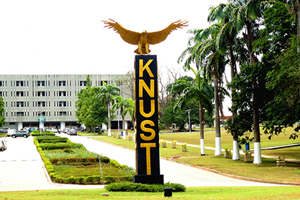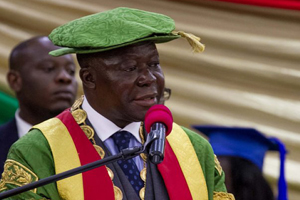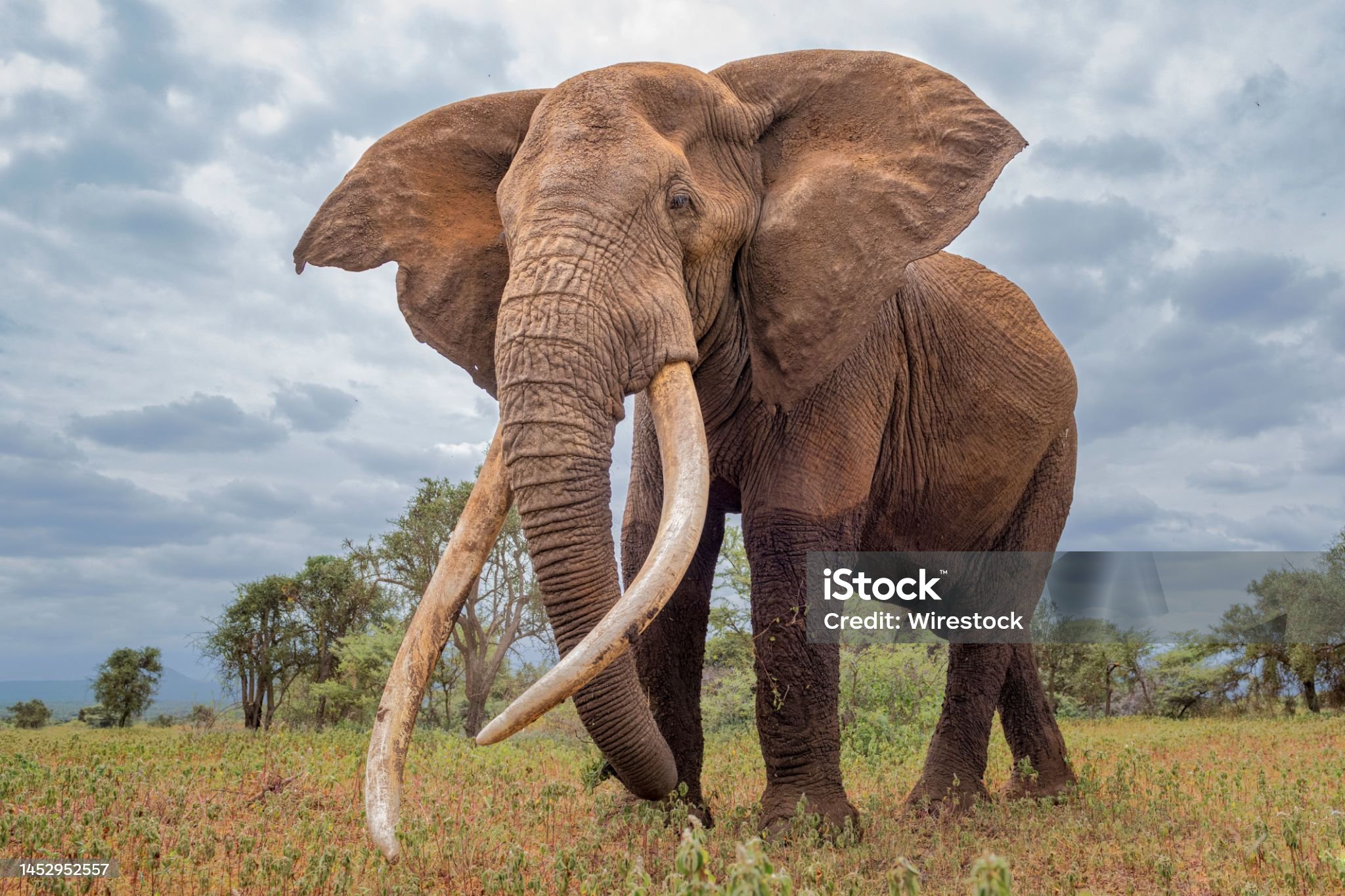A new study has identified vital corridors for the survival of Ghana's endangered forest elephants, highlighting the urgent need for conservation efforts to combat habitat loss.
Researchers, using advanced geospatial modeling, mapped pathways for the estimated 146 elephants in the Bia Goaso Forest Block (BGFB), a region threatened by agriculture, logging, and urban expansion.
Historically, elephants roamed freely, but deforestation has fragmented their habitat, increasing the risk of genetic isolation.
The study, published in the African Journal of Ecology, pinpointed three critical corridors: Bia Game Production–Krokosua Hills, Bia National Park (NP)–Bia North, and Krokosua Hills–Subin. Despite challenges, the Bia NP–Bia North corridor was deemed most vital.
Four core forest reserves: Bia Tano, Ayum, Bonkoni, and Bosam Bepo, were also identified as essential for elephant populations, but face increasing threats from illegal logging and farming.
The study advocates for integrated conservation strategies, including Community-Based Resource Management (CREMA), to balance habitat protection and sustainable land use.
Researchers, including KNUST’s KNUST’s Dr. George Ashiagbor, emphasize the need to protect and restore these corridors and reserves to ensure the long-term survival of Ghana's forest elephants.
















